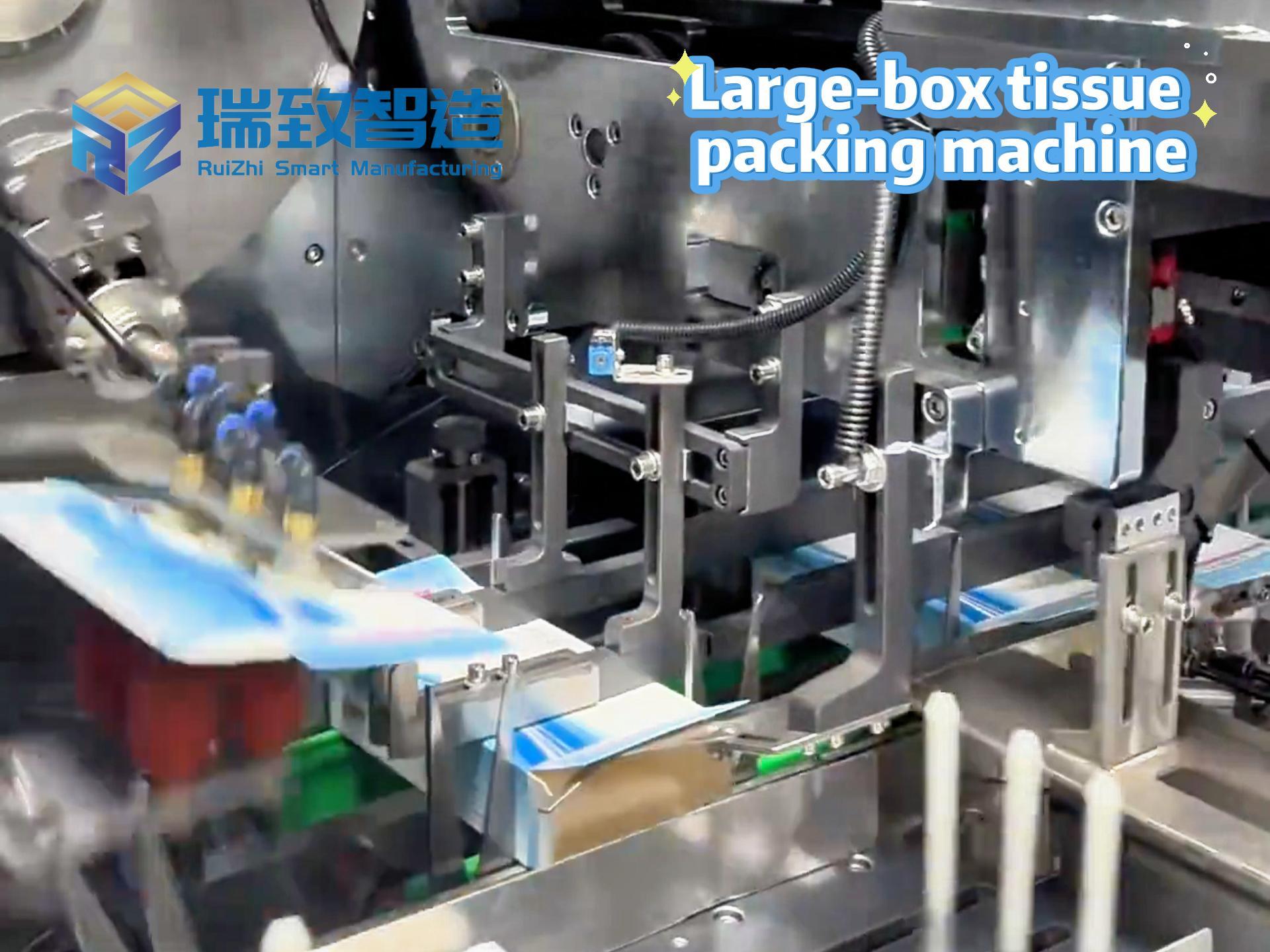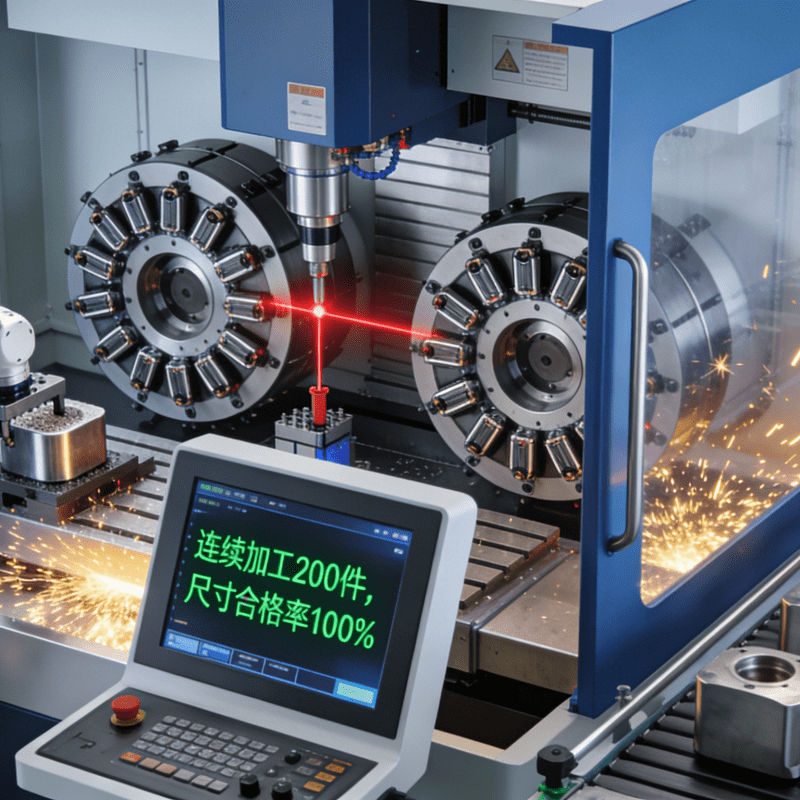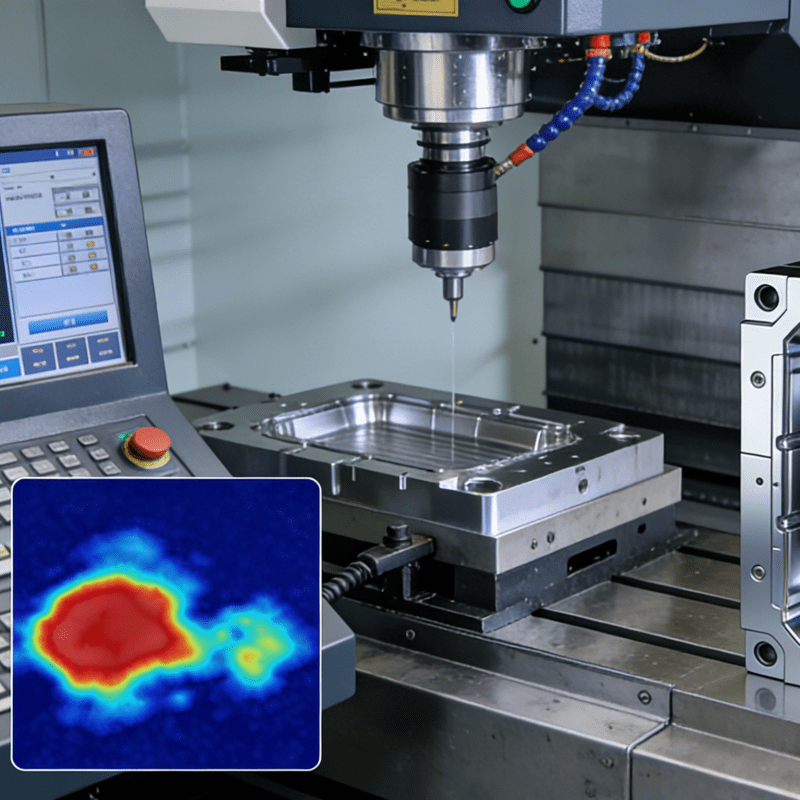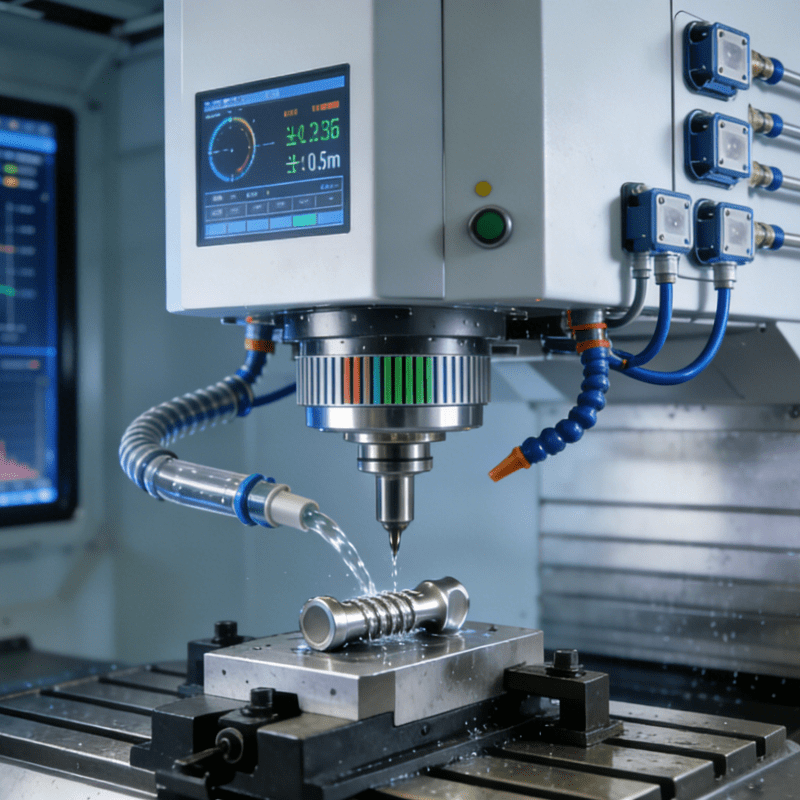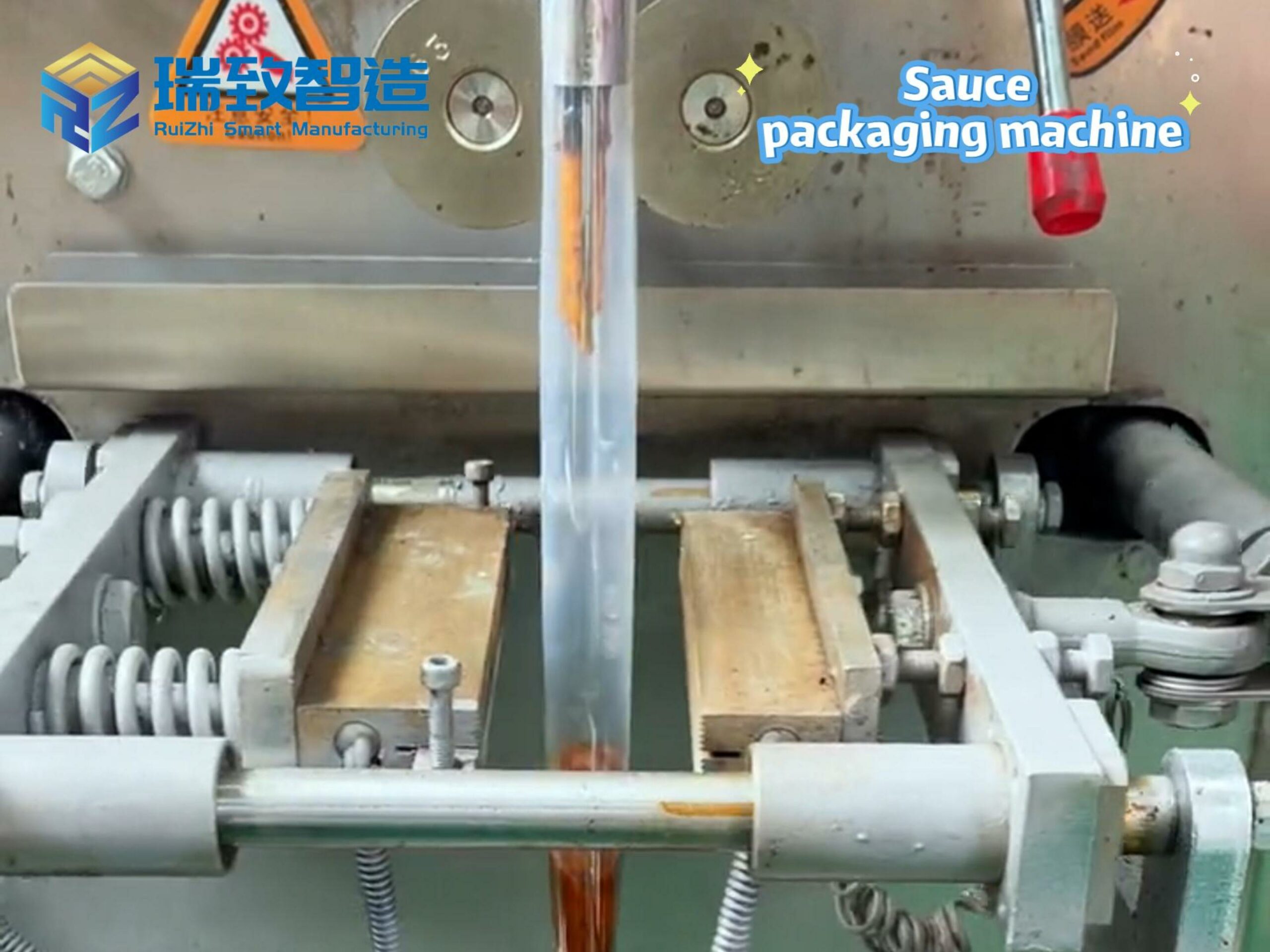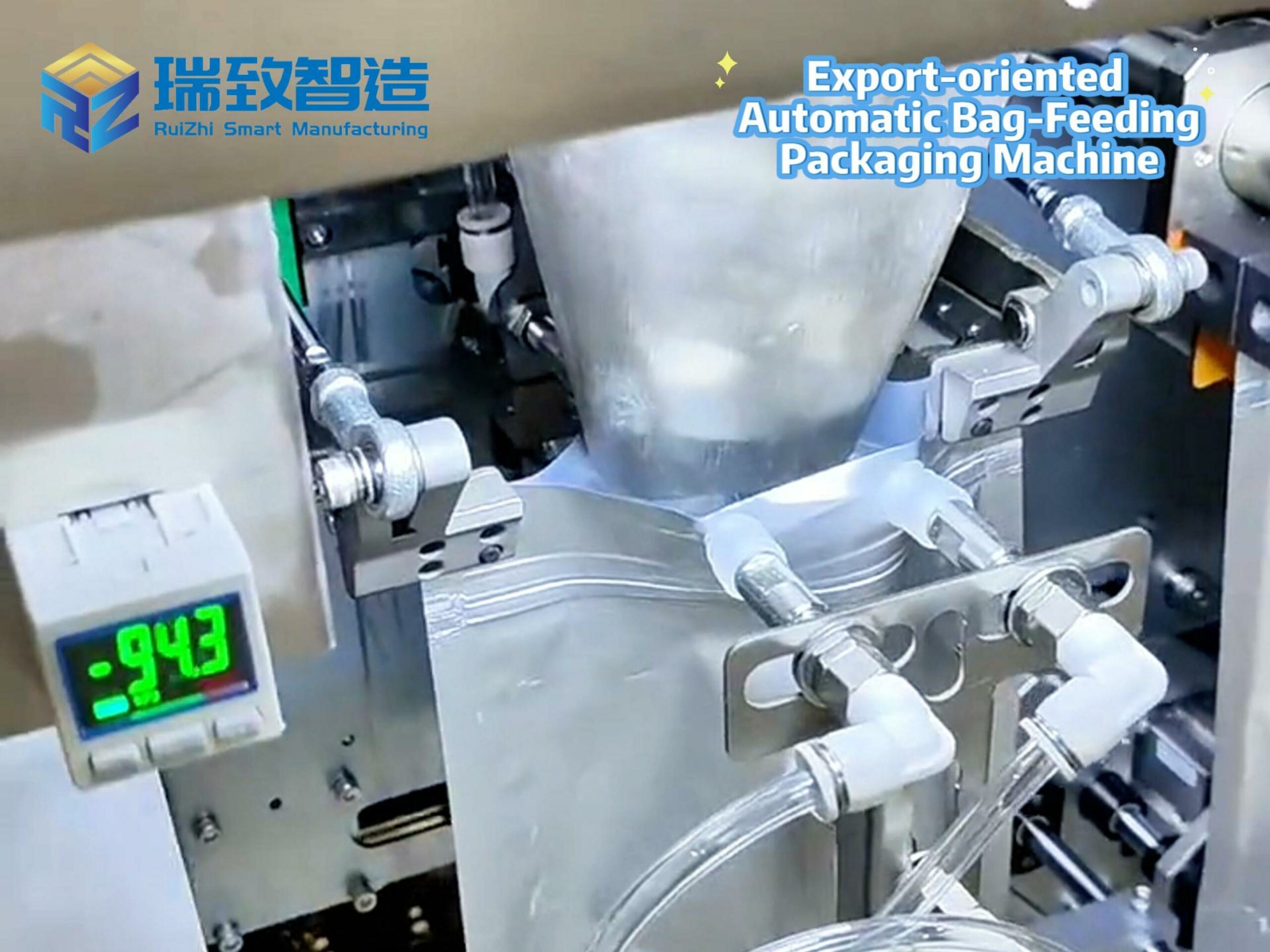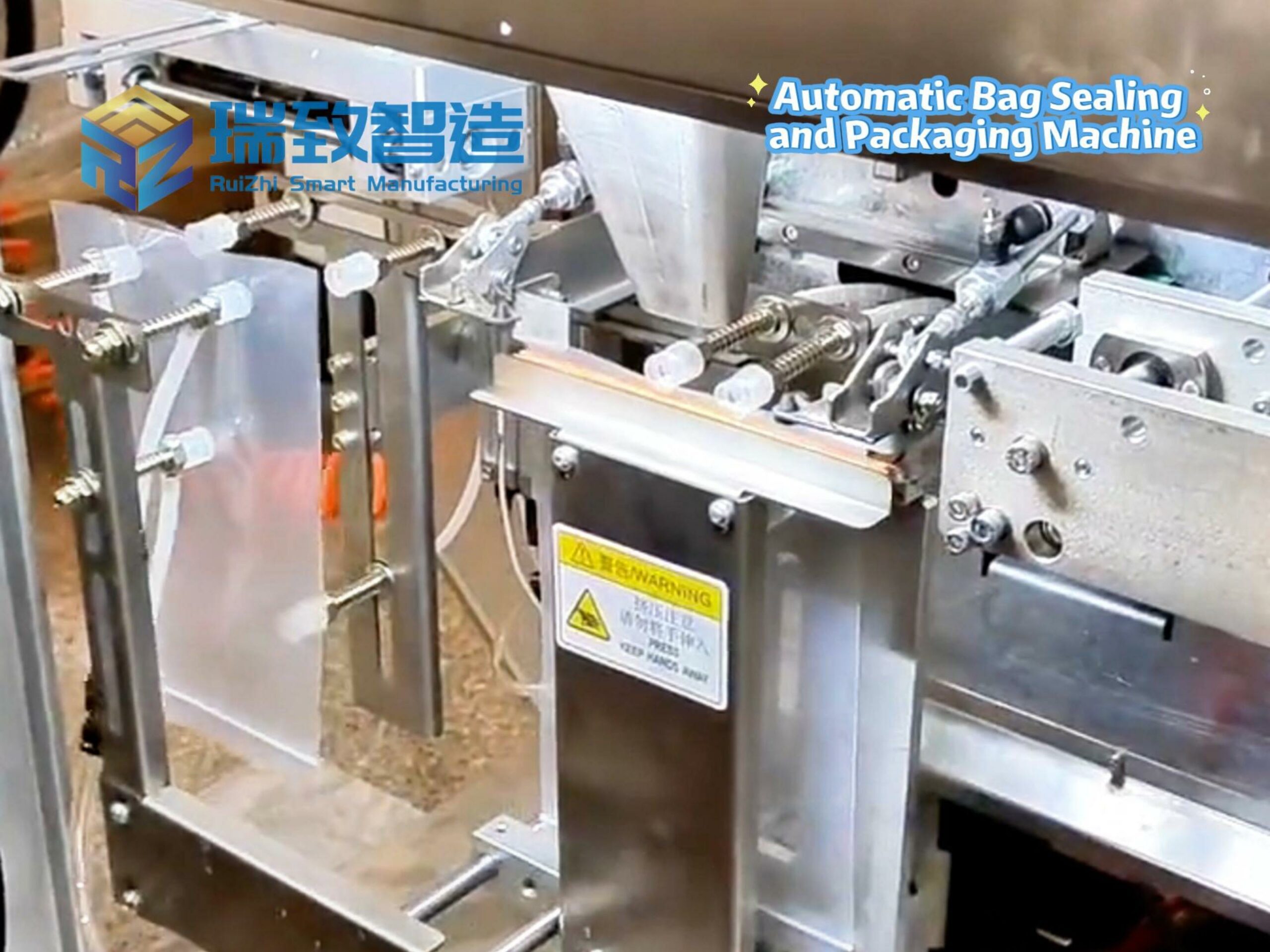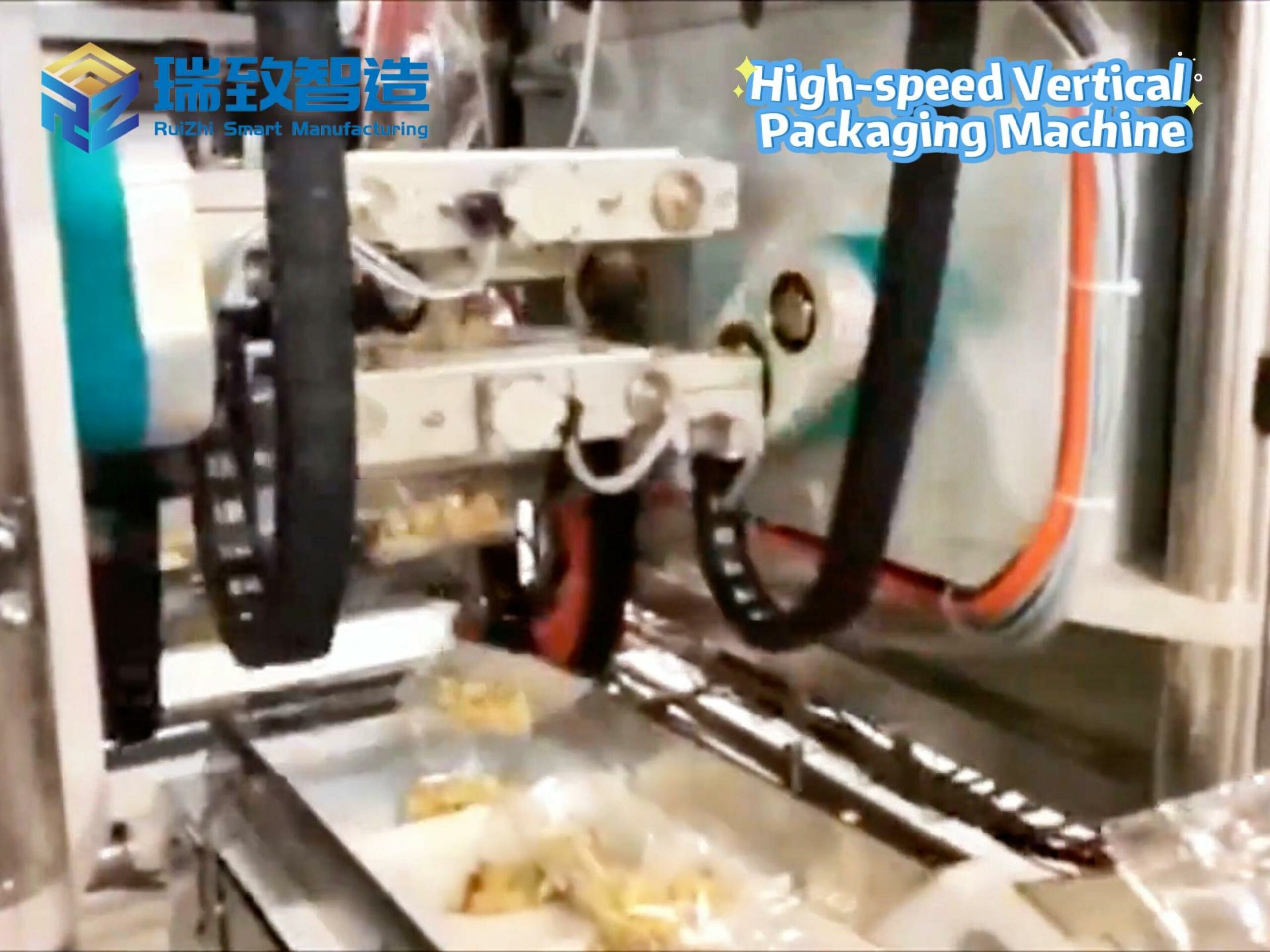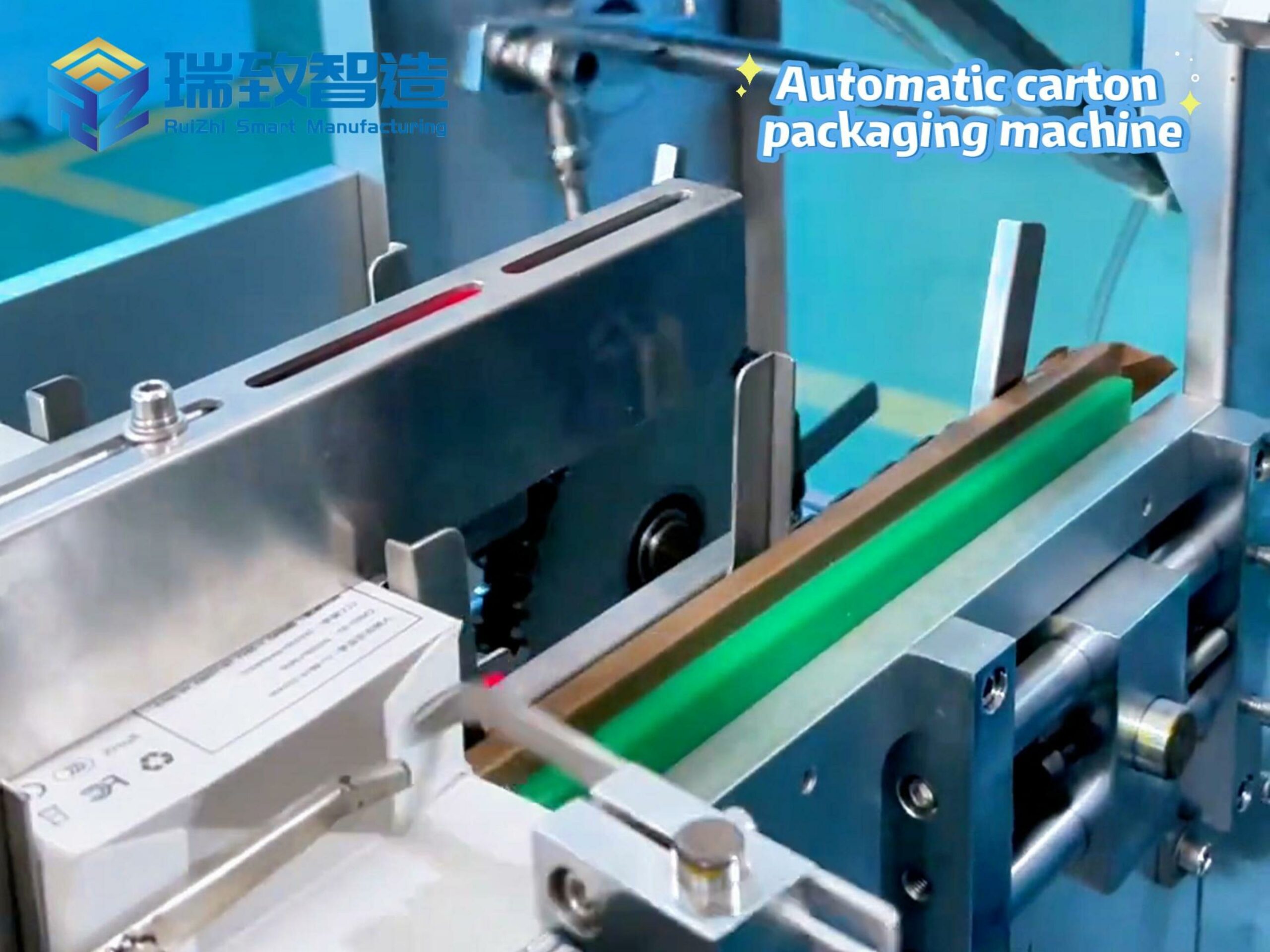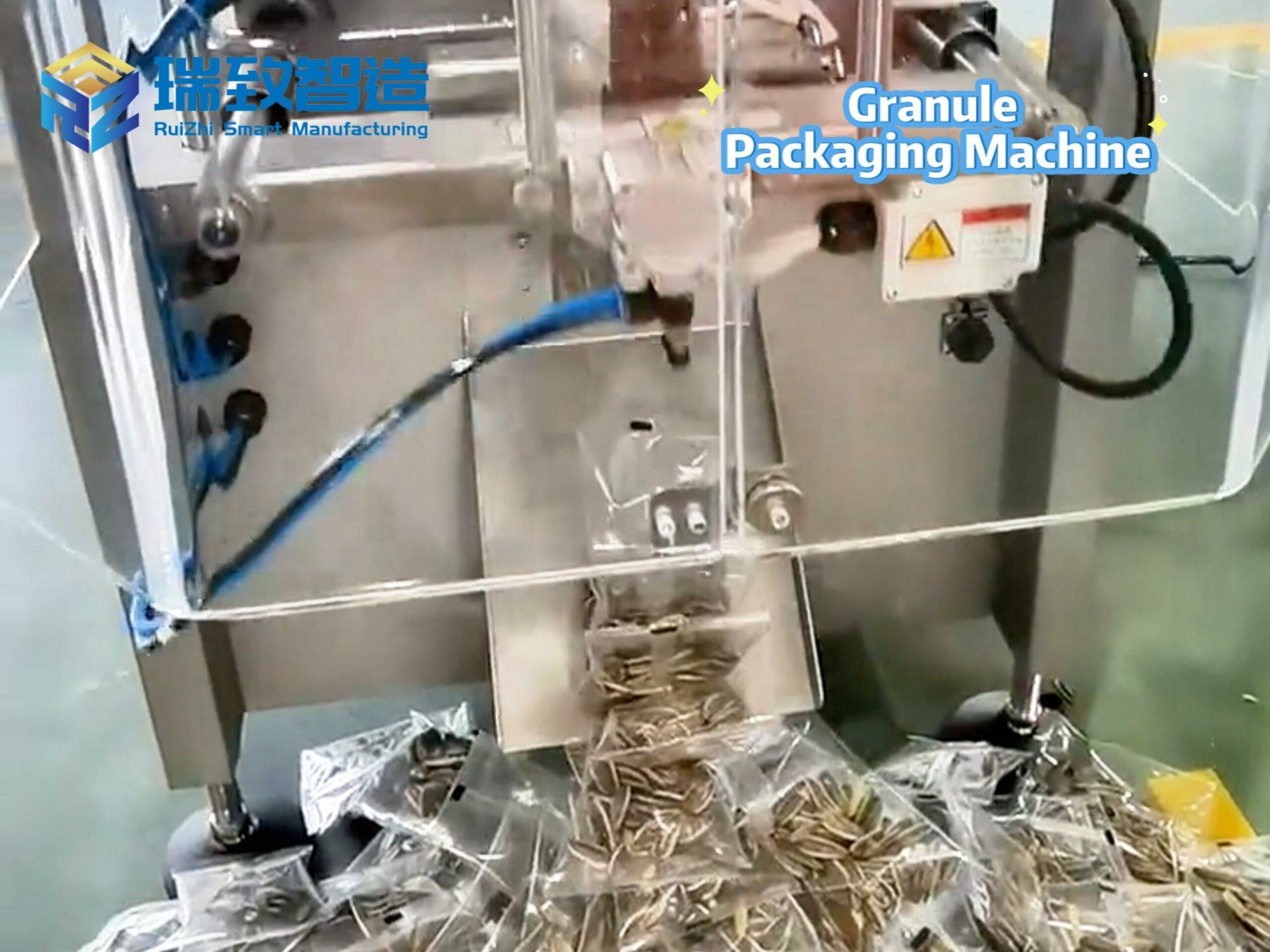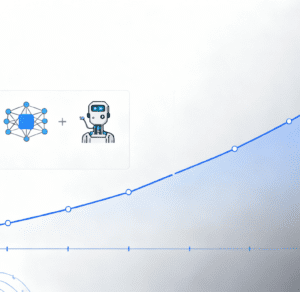
October 20 (News) – According to media reports, Andrej Karpathy, co-founder of OpenAI, recently stated publicly that current AI agents still have a long way to go before achieving “full functionality.”
Core Assertion: A Decade to Realize Fully Functional AI Agents
Karpathy pointed out: “The current agents are actually not easy to use. Their intelligence level is insufficient, their multimodal capabilities are limited, they cannot effectively operate computer systems, and they are even less capable of continuous learning. They cannot remember the information users tell them, and their cognitive abilities are far from meeting the standards – overall, they are not practical enough.”
He estimated that it will take about ten years to systematically solve all the above problems. Although many investors refer to 2025 as the “Year of Agents,” the actual development still faces significant challenges. In a broad sense, an AI agent is defined as a virtual assistant capable of independently performing tasks, with the ability to decompose problems, plan solutions, and implement them autonomously.
Current Dilemma: Multiple Limitations Restrict Practical Application
Karpathy’s remarks revealed the prominent shortcomings of current AI agents. From the perspective of core capabilities, their intelligence level fails to meet practical needs, and the limited multimodal integration ability makes it difficult to adapt to complex scenarios. In terms of operational performance, they cannot effectively interact with computer systems to complete autonomous operations, and the lack of continuous learning and memory capabilities further reduces their practical value. For instance, while 4 – Axis Robotic Small Product Assembly Systems have been widely applied in manufacturing to finish precise, repetitive small-product assembly tasks with high efficiency and stability, current AI agents still lack the capability to autonomously coordinate and control such physical systems to adapt to dynamic production changes, like real-time adjustment of assembly parameters based on subtle workpiece differences.
This gap between expectations and reality also makes the “Year of Agents” predicted by investors face a severe test. Although the concept of AI agents has attracted much attention, the technical bottlenecks in multiple aspects have become the main obstacles to its large-scale application.
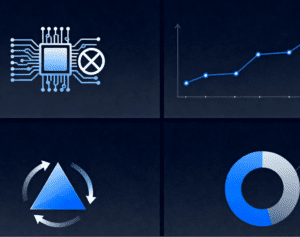
Industry Endorsement: Error Accumulation Exacerbates Complex Task Risks
Karpathy is not the only industry insider who holds a reserved attitude towards the current state of AI agents. Quintin Au, Head of Growth at ScaleAI, posted an article on LinkedIn last year, pointing out that the error rate of agents accumulates significantly as the complexity of tasks increases.
He analyzed in the article: “At present, the probability of AI making a mistake when performing a single operation each time is about 20% (this is determined by the working principle of large language models, and we cannot require them to be 100% accurate). If an agent needs to complete 5 consecutive operations to achieve a task goal, the probability that all its steps are correct will drop sharply to approximately 32%.”
What benefits does artificial intelligence bring to component assembly machines?

